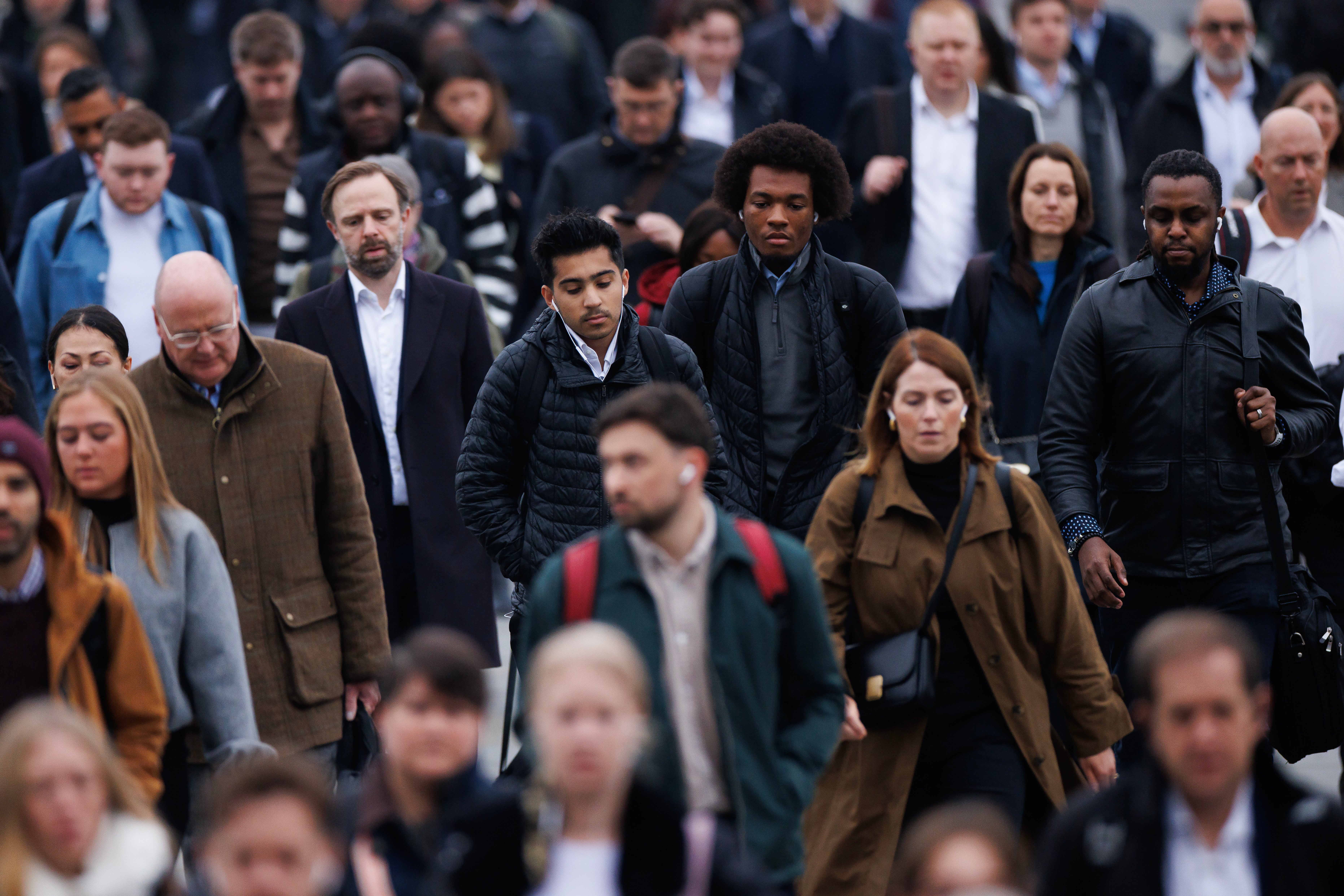Londoners are getting older - and Brexit is to blame
Resolution Foundation has found that London is bucking the trend of other major cities in the UK, with the median age of residents increasing in the past decade
Your support helps us to tell the story
From reproductive rights to climate change to Big Tech, The Independent is on the ground when the story is developing. Whether it's investigating the financials of Elon Musk's pro-Trump PAC or producing our latest documentary, 'The A Word', which shines a light on the American women fighting for reproductive rights, we know how important it is to parse out the facts from the messaging.
At such a critical moment in US history, we need reporters on the ground. Your donation allows us to keep sending journalists to speak to both sides of the story.
The Independent is trusted by Americans across the entire political spectrum. And unlike many other quality news outlets, we choose not to lock Americans out of our reporting and analysis with paywalls. We believe quality journalism should be available to everyone, paid for by those who can afford it.
Your support makes all the difference.Londoners are getting older on average while post-Brexit migration brings young foreign nationals to cities outside the capital, new analysis reveals.
Research from thinktank the Resolution Foundation has found that London is bucking the trend of other major cities in the UK, with the median age of residents increasing in the past decade.
The average Londoner was 35.8-years-old in 2023, up from 33.8 in 2011.
This is compared with the average age of people in major cities outside the capital dropping by 0.6 years between 2001 and 2022. Bristol, Newcastle, Cardiff and Nottingham have all been getting younger, the report found, while the average age of people in Salford has reduced by three years since 2001.
The boom in international migration following the UK’s departure from the EU has led to higher net arrivals of young migrants outside the capital, researchers say, while net migration to London has remained fairly constant.
At the same time, London’s birth rate has declined faster than the national trend.
Nye Cominetti, principal economist at the Resolution Foundation, said Britain was getting older, but not at an even rate. “The coast and the countryside, which were already older, are ageing faster. In contrast, many major cities across the midlands and the north are getting younger,” he said.
“London is the one city bucking this trend. Changing immigration flows since Brexit, combined with falling birthrates, have workd together to age the capital over the past decade.

“These demographic trends will have profound implications for the local provision of public services, from education to health and care - and the government will need to carefully consider their long-term consequences.”
Net migration to the UK has boomed since Brexit, with more non-EU nationals, such as Indians and Nigerians, coming to work and study.
While net migration to London has remained fairly level, core cities outside the capital have seen big increases, researchers found. Between 2002 and 2018, major cities outside of London gained an average of only 6,000 young people each year.
However this has risen significantly to an average gain of 15,000 people between 2019 and 2023.
The Resolution Foundation defined their “core cities” in the UK as Belfast, Birmingham, Bristol, Cardiff, Glasgow, Leeds, Liverpool, Manchester, Newcastle, Nottingham and Sheffield.
London’s birth rate has also been declining faster than the national trend - effectively adding six months to the capital’s median age.
Nationally the birth rate fell from 12 births per 1,000 people during the 2000s to 11 births per 1,000 people in the 2010s. In London, that same figure fell from 16 to 14 births per 1,000 people.
The oldest local authority is North Norfolk, where the median age of residents is 55.3-years-old, and the youngest is Tower Hamlets, where the average resident is 30.6-years-old.

Join our commenting forum
Join thought-provoking conversations, follow other Independent readers and see their replies
Comments